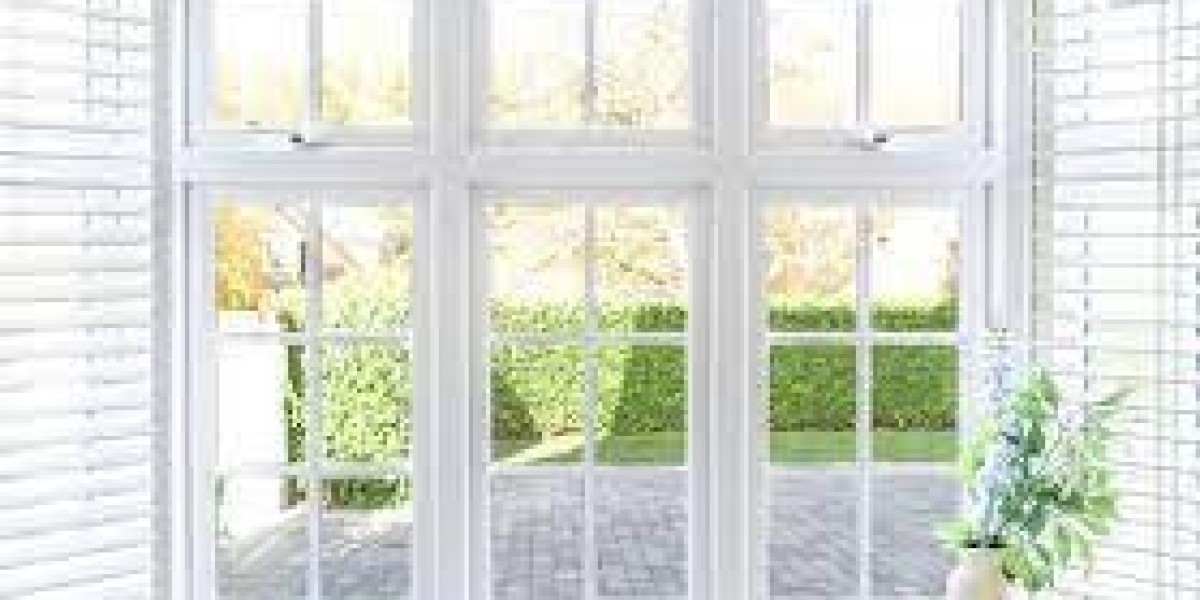Upgrading from single pane to multi-pane windows can transform your home or building for the better through increased insulation. But should you opt for double-glazed or triple-glazed units? What are the differences, and which choice is right for your needs? We’ll compare the performance factors and ideal use cases to help you decide.
How They Work
Double-glazed windows contain two parallel panes of glass enclosing an insulating air or gas filled gap. Triple-glazed units add another pane and second gap for improved thermal and acoustic insulation. Additional panes make heat, cold, and noise transmission more challenging.
Both technologies utilize similar framing materials, seals, gap widths, and glass coatings. However, the extra factors and surfaces in triple glazing enhance effectiveness. Yet this comes at a cost premium, so double glazing is better suited for more moderate insulation needs.
Thermal Insulation Differences
Triple glazing offers around 10-15% better thermal insulation than double paned windows. Here’s how the key factors compare:
- U-value - Triple has 20-30% lower U-value (rate of heat loss)
- R-value - Triple has 20-30% higher R-value (insulation rating)
- Solar gain - Triple reduces summer solar gain slightly more
- Condensation resistance - Triple has lower interior humidity buildup
- Air tightness - Similar air leakage rates when installed properly
- Heating/cooling savings - Triple provides 10-15% more energy bill reductions
So triple pane windows maintain indoor climates noticeably better, though double pane units still offer major improvements over single glazing.
Acoustic Insulation Differences
For blocking unwanted noise, triple glazing again outperforms double panes but with diminishing returns.
- Sound transmission class - Triple offers 1-3 higher STC rating
- Traffic noise reduction - Up to 10 decibels more blocking of car noise
- General exterior noise decrease - Triple reduces by an additional 5 decibels
- Airport noise lowering - 5-10 extra decibel reduction
- Sound dampening - Similar vibration dampening capabilities
Most noise sources can be sufficiently excluded with double glazing. But in extremely noisy locales, the extra soundproofing of triple pane windows brings more peace and quiet.
Cost Differences
Triple glazing comes with a significant price premium:
- Material costs are 20-50% higher
- Installation takes more precision and time
- More expensive framing to accommodate weight
- Triple pane glass must be specially ordered
- Overall cost is 25-60% above double glazing
Because triple glazing is pricier but doesn’t improve performance radically more than double, the extra value may not justify the added expense in many residential applications.
Ideal Use Cases
Here are the ideal situations for each technology. Double glazing shines for:
- Moderate climates needing reasonable insulation
- Residential buildings and apartments
- Office buildings and retail spaces
- Schools and healthcare facilities
Triple glazing excels in:
- Extreme hot or cold climates needing maximum insulation
- Buildings focused on soundproofing like studios and theatres
- High performance homes aiming for the ultimate energy efficiency
- Laboratories, cleanrooms, and museums with strict climate control needs
For most homes and offices, double glazing hits the performance and budget sweet spot. LBS noted that if low U-values, high R-values, and sound dampening are paramount, triple pane windows may validate the investment.
Maximizing Benefits While Minimizing Costs
Fortunately, choosing to triple over double glazing isn’t the only way to enhance window insulation. Some alternative upgrades include:
- Adding low-E coatings and tints
- Selecting thermally insulated frames
- Upgrading to thicker glass
- Using wider gas filled gaps
- Installing exterior shading elements
- Focusing on air tightness and proper installation
With careful product selection and professional installation, even double glazing can meet stringent energy efficiency and acoustic goals.
Navigating Building Codes for Multi-Pane Windows
Installing double or triple glazed windows requires ensuring compliance with local building codes. Regulations help guarantee safe, durable, and energy-efficient glazing installations. Here are some key areas to review:
- Structural Performance - Multi-pane units are heavier, so structural provisions may be needed to support weight. Lintels, headers, and load-bearing walls/foundations may need assessment.
- Safety Glazing - Tempered, laminated or impact-resistant glass may be mandated in hazard areas like doors, low windows, railings, and bath enclosures. Check codes for required safety ratings.
- Fire Safety - Fire-rated glass with specialty intumescent glazing compounds may be required in fire barriers. Verify ratings for fire-resistance time durations.
- Wind/Impact Resistance - Coastal zones and storm-prone areas may require windows rated for wind pressure resistance, missile impacts and cyclic loading.
- Condensation Resistance - Minimizing moisture buildup inside multi-pane units is crucial in humid climates and cooling seasons. Optimize gap width, gas fills, and seal integrity.
- Sizing and Placement - Emergency egress, light and ventilation requirements dictate minimum window sizes and total glazed area as a percentage of floor space.
- Thermal and Solar Performance - Prescriptive U-values, R-values and SHGC (solar heat gain coefficient) specs ensure energy efficiency. Performance paths allow flexibility if total building loads are acceptable.
- Sound Transmission Class - Noise ordinance and privacy concerns may dictate minimum STC ratings for acoustic insulation, especially in multifamily dwellings.
- Historic Districts - Glazing types may be regulated in historic neighbourhoods and landmark sites to maintain architectural aesthetics and material authenticity.
Fortunately, insulated glass manufacturers can formulate double and triple glazing to meet even strict specifications. Early design stage code review ensures regulatory compliance. With clever material selection and smart certifications, your dream windows can become a high-performing, legal reality!
Final words
If you’re overwhelmed debating double vs. triple glazing, remember that both technologies deliver vastly improved insulation over regular single pane windows. Analyze your climate, application, noise factors and budget to decide if triple pane upgrades warrant the premium. With either option, enjoy superior comfort and energy savings thanks to the marvels of multi-layered glazing!



